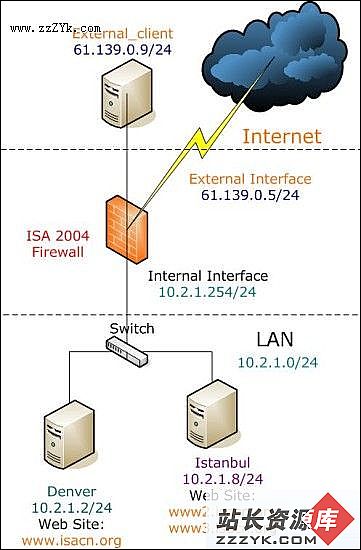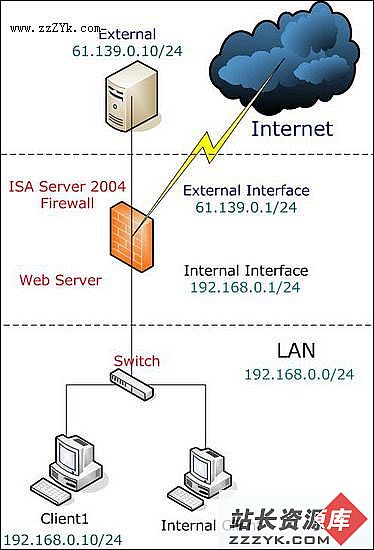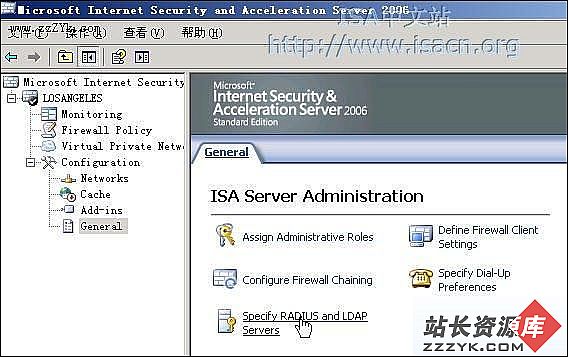Introduction to SEO Search Engine Optimisation practices
/*By Jiangong SUN*/Search Engine Optimisation(SEO) is a very important concept for page ranking in search engines like Google, Baidu. In fact, if your page is not displayed in the first few pages results for some keywords, it will never be visited or much less visited even if it contains a lot of useful information.
1) use "meta" tags
Content type is used to detect which character set should be used by browsers.
[html]
<meta http-equiv="Content-Type" content="text/html; charset=UTF-8" />
Title is displayed in search engine results pages(SERP). Title is the most important concept in search engine optimisation(SEO) which should be a precise conclusion of a page. An combination of keywords is recommanded, and its total length should be less than 70 characters including spaces for most search engines. The company name is recommended to use whether the company is famous or not. It's a good practice to use hypen(-) to separate your key phrases.
[html]
<title>Showroom Accessoires Citroen</title>
Description is not used for page ranking, but it's very useful for attract the eyeballs of future customers, it will be displayed just under page title on SERP. The length of description should be shorter than 160 characters including spaces and it's recommanded to have 150-160 characters.
[html]
<meta name="description" content="Espace accessoires Citroen Présentation de la gamme accessoires citroen" />
Example for title tag and meta description tag:
Html code:

Keywords is not used by google and other search engines for years because of web master's abusement. But it's still need to used in your pages because it won't decrease your page ranking at least. It's recommended to use 10 to 15 keywords without duplicate. And the principle is always putting the most important keywords at the beginning.
[html]
<meta name="keywords" content="citroen accessoires, accessoires citroen, parfum d'ambiance, attelage, jeu de tapis, barre de toit" />
By default, googlebot will index a page and follow all the links in this page. If you want to disable index and follow, you can use the following:
[html]
<meta name="robots" content="NOINDEX, NOFOLLOW">
equals to:
[html]
<meta name="robots" content="NONE">
If a specific link doesn't want to be followed by search engine, link NOFOLLOW should be used.
[html]
<a href="index.html" rel="nofollow">Index</a>
Snippet is used to display the description tag under page title in SERP. The description information won't be displayed with the following code:
[html]
<meta name="robots" content="NOSNIPPET">
If you don't want your page content to be cached in search engine, you can use the following code:
[html]
<meta name="robots" content="NOARCHIVE">
And this code will just prevent your page content from being cached by google search engine
[html] view plaincopyprint?
<meta name="googlebot" content="NOARCHIVE">
2) use identical and original content in your pages
If your website has duplicate contents as other sites, search engine can not find which one is original and can not decide which page will be placed in front of others. In this way, it will choose one seems to be the orginal one. But you can't garanty your page will be chosen.
3) images SEO
Firstly, alt is recommended to use with image. Also, name the image more SEO friendly like:
[html]
<img src="seo-optimisation-practices.jpg" alt="seo optimisation practices" />
4) javascript SEO
document.write and window.open can be indexed by search engine
For example:
[javascript]
<script type="text/javascript">
document.write("text!");
window.open("http://blog.csdn.net/garcon1986");
</script>
But if your have a lot of javascript code, you'd better put it in a separate file.
5) canonical url
If you have a CMS web site, you page will be accessed with different urls as long as they have last part of urls. In this situation, search engine will index the different urls which hold the same content which is not a good practice for SEO.
Canonical url is introduced for solving this problem. The url indexed by search engine will be the one indicated in canonical url.
[html]
<link rel="canonical" href="http://blog.csdn.net/garcon1986" />
6) Sitemap.xml
Sitemap is useful for both customers and search engine.
The recommended priority for home page is 1.0; for principle page is 0.8; for other page is 0.5.
7) Robot.txt
General indexing rules for a site can be defined in robots.txt
For example:
Allow indexing for everything:
[html]
User-agent: *
Disallow:
Disallow indexing for everything:
[html]
User-agent: *
Disallow: /
You have also other options for configuring your personal indexing rules. You can take a look at the robots.txt in google.fr
I hope this post can do some help in understanding search engine optimisation techniques.
Enjoy coding!
补充:综合编程 , 其他综合 ,




